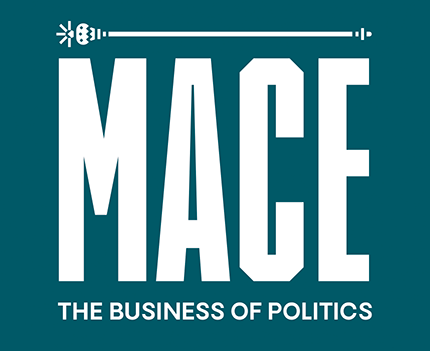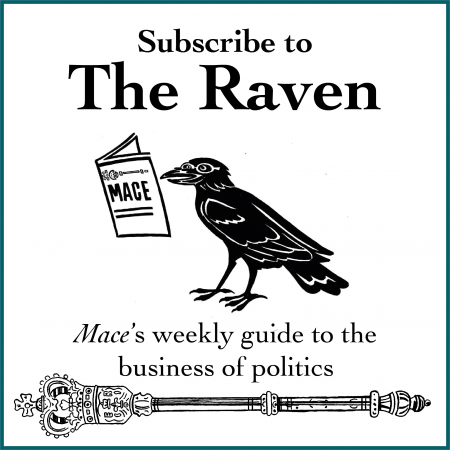The establishment of the EU-US Trade and Technology Council (TTC) is one of the most important, tangible outcomes of the EU-US summit held last June, which celebrated the reset of the transatlantic relationship.
For strong supporters of the transatlantic relationship like myself, the TTC is clearly a positive development in transatlantic relations and a chance for bridge-building in matters related to technology in general, and artificial intelligence (AI) in particular.
The TTC’s focus on AI reflects its strategic geopolitical and economic role, its enormous benefits to society, but also the inherent risks to fundamental freedoms in the event that AI is misused.
Ethical standards
In the inaugural statement of the TTC in September, the EU and the US committed to collaborate to develop AI systems that are “innovative and trustworthy and that respect universal human rights and shared democratic values”.
This is clearly aligned with the human-centred approach to AI, based on core European ethical standards and democratic values, advanced by the European Commission (EC) and the European Parliament (EP), and embodied in both the draft AI Act published by the EC in April 2021 and the draft report on AI in the digital age,
recently released by the EP’s Special Committee on AI.
The EU aims to create a balanced regulatory framework for AI that will ensure effective governance and respect for ethical standards without stifling the innovation potential and the competitiveness of EU companies.
Potential risks
By taking the lead in the legislative process, the EU aspires to shape international standards, and to reproduce the so-called “Brussels effect” of the GDPR so that its legislation can become the AI gold standard for the world.
As founding members of the Global Partnership on AI, which seeks to guide the responsible development of AI grounded in human rights, inclusion, diversity, innovation, economic growth and societal benefit, the US and the EU are committed to upholding and implementing the OECD recommendations.
Though the EU and US are far from aligned in their regulatory approaches on how to mitigate the potential risks of AI, the principles outlined in the TTC’s inaugural statement clearly demonstrate that both sides recognise the need for coordinated, proactive efforts to adopt common standards based on joint interests and values.
So the question now becomes: what can we expect from the TTC when it comes to AI? Well, the TT “C” will be a forum where we can converse and collaborate; where we can minimise conflict; where we can compare and converge approaches; where we can work on compromises and aim for consensus; where we can find a way to deal with China, even though we avoid using its name.
And in the end, if I were to choose one word starting with the letter C to describe what a successful overall outcome of the TTC would be for the transatlantic relationship, I would choose the word compatibility.
The TTC should focus on achieving compatibility in the EU and US approach to AI so that together we can set global, future-proof rules, promote innovation, protect citizens’ rights and, ultimately, safeguard democracy.
After all, compatibility is the essence of solid and long-standing relationships.
Anna-Michelle Asimakopoulou is an economist, lawyer and Greek MEP with the European People’s Party. She serves as vice-chair of the Committee on International Trade (INTA)


